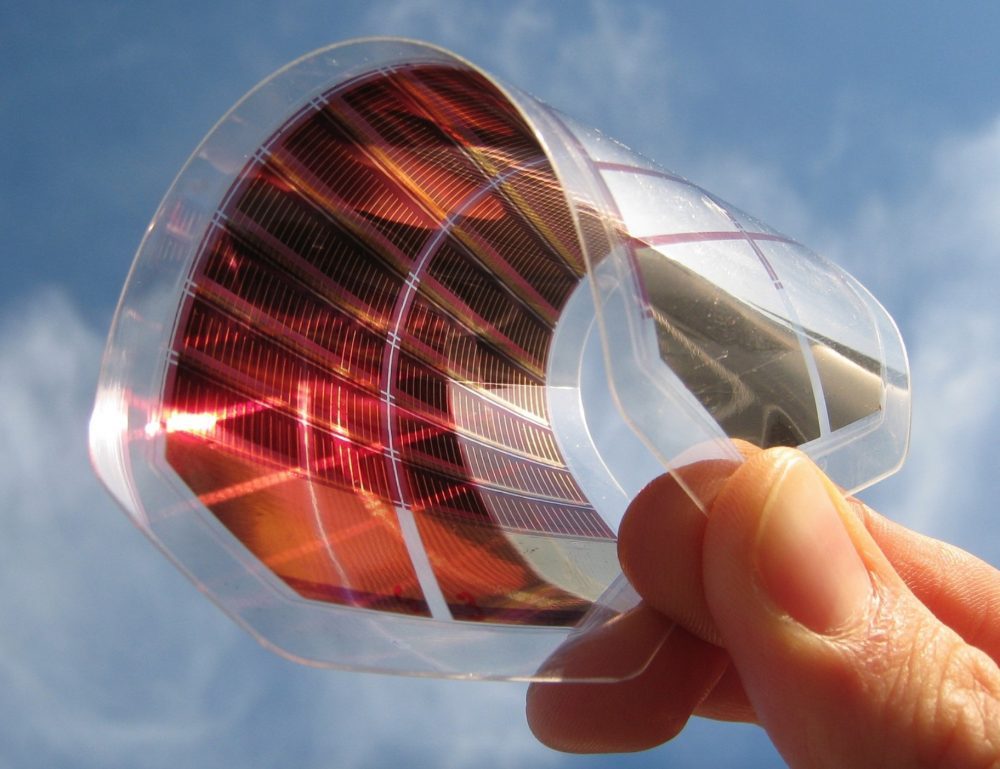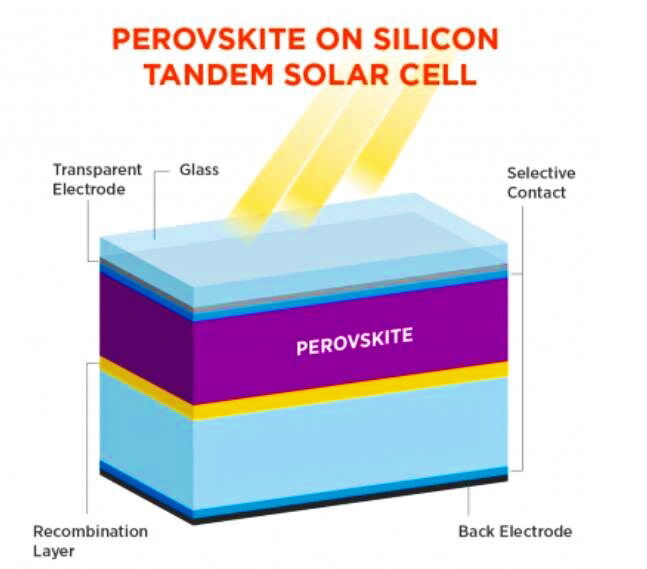What Are Perovskite Solar Cells?
Perovskite solar cells are a new type of photovoltaic technology that uses a unique class of materials known as perovskites. Perovskites are a group of compounds with a crystal structure that can be tailored to absorb light very efficiently. This innovation allows for higher energy conversion rates than traditional silicon-based solar cells, opening up incredible possibilities for the energy sector. The key difference between perovskite and conventional solar cells is the material. While traditional solar cells are made from silicon, perovskite solar cells use a thin, highly efficient light-absorbing layer that is often made of organic-inorganic hybrid materials. These materials are cheaper, easier to manufacture, and more efficient at converting sunlight into electricity.
The future of renewable energy is being reshaped by breakthroughs in solar technology, and one of the most exciting innovations to watch is the rise of perovskite solar cells. These next-generation solar cells have the potential to revolutionize the energy landscape, making solar power far more efficient, affordable, and scalable than ever before. In fact, recent studies have suggested that perovskite solar cells could provide an energy output equivalent to more than 20 nuclear reactors — a game-changer for global energy production.
The Power of Perovskites
Recent developments in perovskite solar cell technology have pushed their efficiency to levels previously thought to be unattainable. As of late 2024, some perovskite solar cells are reaching efficiencies of over 30% — an impressive feat when compared to traditional silicon-based solar cells, which typically max out at around 22-25%.To put this into perspective, an array of perovskite solar panels could generate far more electricity than you might expect. Imagine a single field of perovskite solar panels covering just a few square kilometers. According to a recent study, such an array could produce as much energy as more than 20 nuclear reactors combined. This is not just a theoretical projection — it’s a very real possibility given the scalability and efficiency of perovskite materials.

How Does Perovskite Solar Cell Power Compare to Nuclear Energy?
Nuclear power plants are some of the most powerful energy generators in the world. A typical nuclear reactor produces around 1 gigawatt of power. However, building nuclear power plants is expensive, time-consuming, and involves significant environmental and safety concerns. In contrast, perovskite solar cells are a cleaner, more sustainable alternative that can harness the power of the sun — a virtually unlimited energy source. Here’s the exciting part: because perovskite solar cells are so efficient and scalable, a large field of solar panels could generate enough power to replace the energy output of multiple nuclear reactors. Imagine an array covering a modest portion of desert land or even rooftops, generating renewable electricity without the environmental impacts of nuclear waste, high operational costs, or safety risks.
Why Is This a Game Changer?
The ability to generate energy equivalent to the output of 20 nuclear reactors could completely transform how we think about power generation on a global scale. With the increasing urgency to combat climate change and reduce our reliance on fossil fuels, perovskite solar cells could provide an alternative to traditional forms of energy that is both cleaner and more efficient. Furthermore, the production of perovskite solar cells is far cheaper than that of traditional silicon-based solar panels. Their lighter weight, flexibility, and ease of manufacturing open up opportunities for using them in a variety of applications, from large utility-scale solar farms to small, off-grid solar solutions. In regions where land is available, perovskite solar arrays could be set up quickly and at a fraction of the cost of building nuclear reactors. In urban areas, perovskite panels could be integrated into existing infrastructure, providing localized renewable power without the need for new construction projects.
Challenges and the Road Ahead
Despite the incredible potential, there are still some hurdles to overcome. One of the main challenges is ensuring the long-term stability of perovskite solar cells. Perovskite materials are sensitive to moisture, which can degrade their performance over time. Researchers are actively working to improve the durability of perovskite solar cells, with some promising advances in recent years. Another issue is scalability. While laboratory prototypes are highly efficient, scaling up production to meet global energy demand requires overcoming manufacturing challenges. However, with significant investment and research, the outlook is promising.
Conclusion
Perovskite solar cells represent one of the most exciting developments in the renewable energy industry today. Their potential to generate energy equivalent to the output of 20 nuclear reactors makes them a powerful tool in the fight against climate change. As the technology continues to evolve, we may soon see solar energy play an even more significant role in our global energy mix — a cleaner, more affordable, and more sustainable solution to powering the world. With advances in efficiency, scalability, and cost-effectiveness, perovskite solar cells are set to reshape the way we produce energy for generations to come. The future of renewable energy is brighter than ever, and perovskites are leading the charge toward a more sustainable, cleaner, and more efficient world.